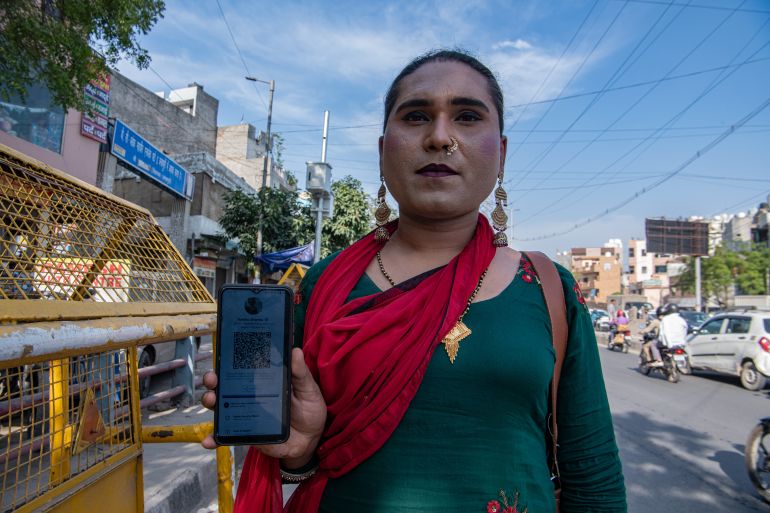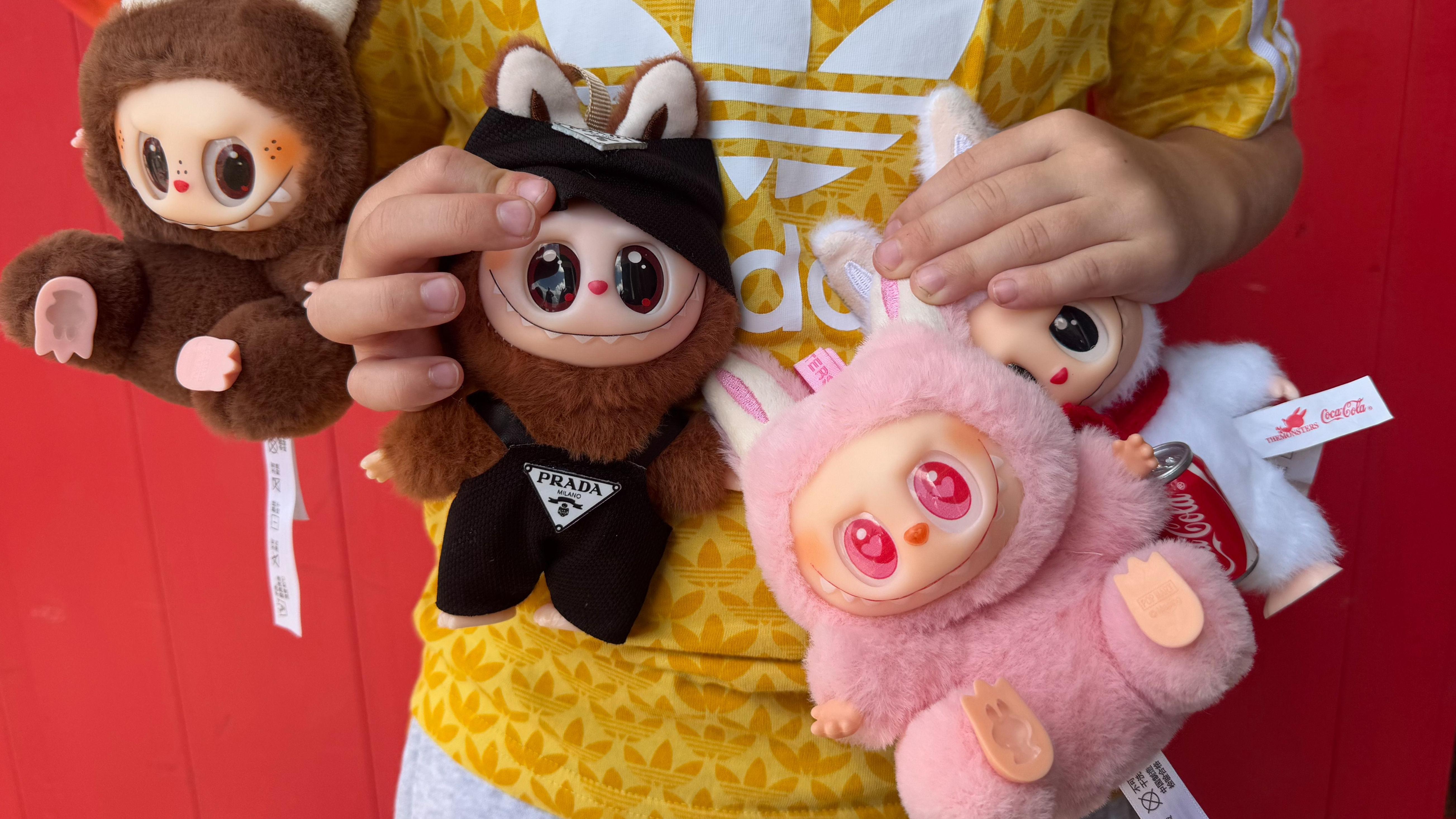In India, transgender beggars use digital apps to avoid discrimination
The rise in digital transactions has helped marginalised communities like transgender people to manage their finances.

At a traffic signal in the Indian capital, Ayesha Sharma, a 29-year-old transwoman dressed in a traditional tunic and pants with scarf, holds up a smartphone with a QR code on it as the signal flashes crimson and vehicles come to a stop. A commuter scans the code and her account is deposited with 10 rupees ($0.12), an easy addition to her panhandling.
The rise in digital transactions and instant payment interfaces like the one used by Sharma, are helping marginalised communities like transgender people in managing their finances.
A beggar on New Delhi’s streets since 2006, Sharma has routinely faced prejudice and jeers. Since she has started asking for money using her smartphone, just the wonder factor of that has helped reduce some of that commentary that in the past tried to shame her, she said.
It has also encouraged people to give her money even when they do not have small change and today, about a quarter of her earnings are through the digital mode, she said.
“It is so much easier now. Even though people are not always carrying cash, they can still donate to us by just scanning this code,” Sharma told Al Jazeera.
“We may be beggars, but we should still be treated with respect and decency,” she said and digital transactions have so far spared them from visiting banks where they frequently encounter prejudice and discrimination.
The Indian government has been trying in the past few years to boost digital transactions over cash, including through policy measures like the so-called demonetisation in November 2016 that wiped out overnight nearly 90 percent of the cash in circulation, and led to an immediate spike in the use of payment apps.
The pandemic, too, helped push digital transactions and some of those habits have continued and co-exist with the use of cash which is back to being the preferred mode of payment in the country.
Digital transactions work in a couple of ways.
There are apps that link to a person’s bank account and money is immediately withdrawn directly from the account when a payment is made.







